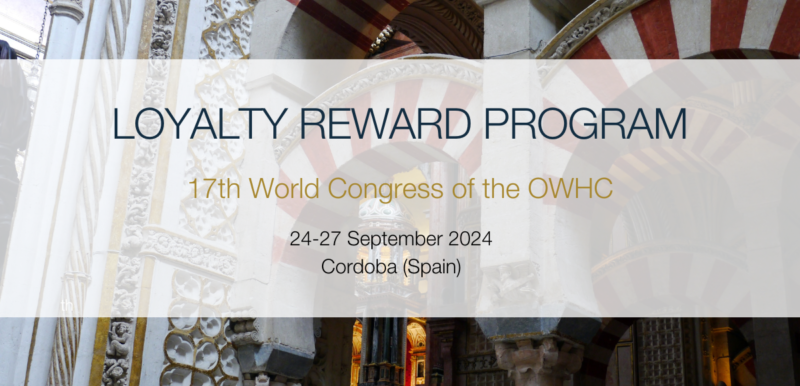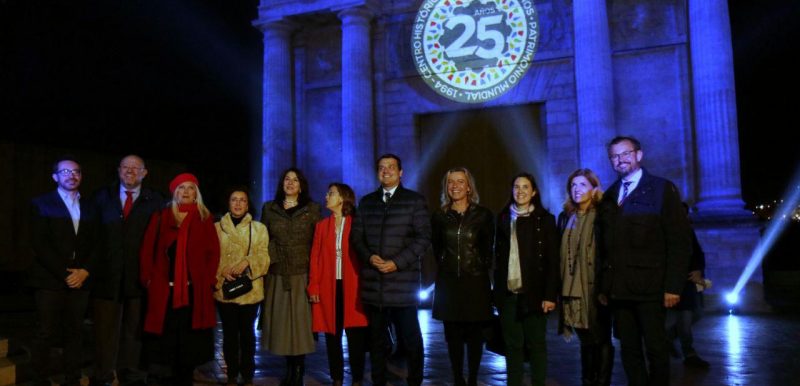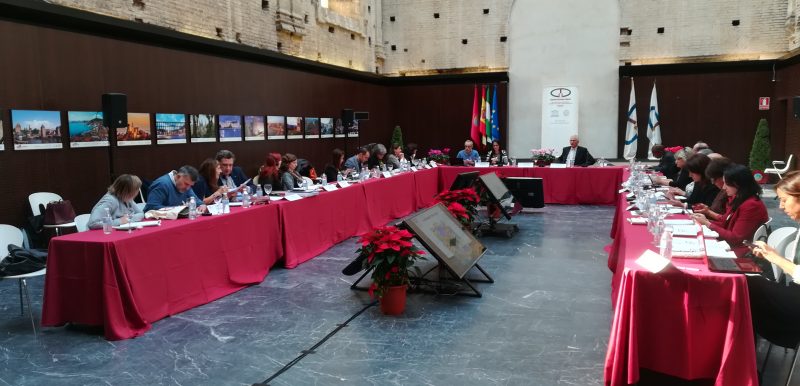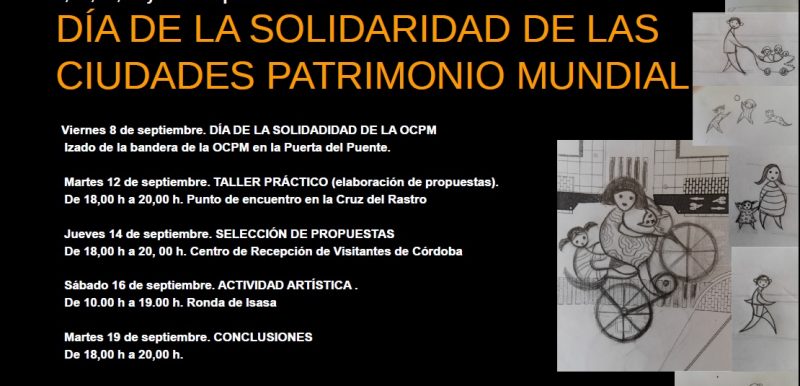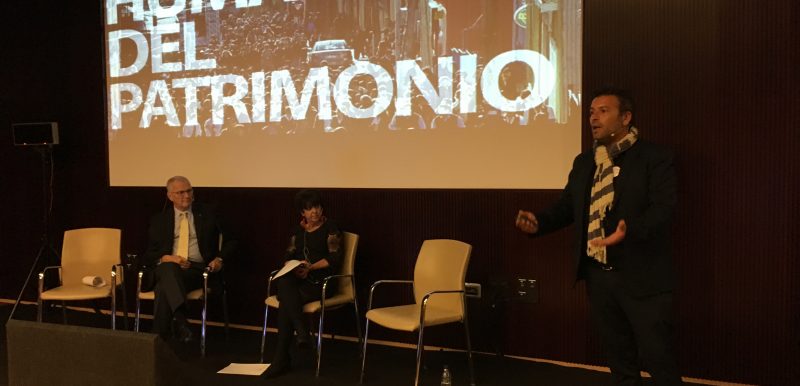Cordoba, Spain
General Information
Regional secretariat
Administrative status
Chef-city of the province of Cordoba
Historic Centre of Cordoba
Registration Year
1984
Historical function
Politics and culture
Location and site
Córdoba is situated on the Guadalquivir River, the Andalusian route leading to the Atlantic Ocean. It is close to the Sierra Morena mountains and the passes which allow access to the Meseta. A rich agricultural plain is located nearby.
Urban morphology
The historic centre of Córdoba has conserved its medieval plan and the irregular layout of its narrow streets. The squares, promenades, ornamental lakes and magnificent gardens are integrated into the landscape of the city, which is constructed on the bank of a meandering section of the river. The Roman bridge, which has served vast regions over the course of its history, remains the anchor point of Córdoba.
Like its layout, Córdoba’s domestic architecture reminds us of its Moorish period. In addition to the houses, which are built around patios enclosed by grillwork, are monuments which testify to the different periods in the city’s history: Roman vestiges, Moorish minarets and the Moorish Almodovar Gate, the Jewish synagogue, and various Christian monuments, including the reconstructed Alcázar, the Calahorra Tower and numerous churches of Mudéjar and Gothic inspiration. The mosque-cathedral and the Roman bridge remain the principal landmarks of this historic landscape.
Registration criteria
Criterion (i): The Great Mosque of Cordoba, with its dimensions and the boldness of its interior elevation, which were never imitated, make it a unique artistic creation
Criterion (ii): Despite its uniqueness, the mosque of Cordoba has exercised a considerable influence on western Muslim art from the 8th century. It influenced as well the development of “Neo-Moresque” styles of the 19th century.
Criterion (iii): The Historic Centre of Córdoba is the highly relevant testimony to the Caliphate of Cordoba (929-1031): this city – which, it is said, enclosed 300 mosques and innumerable palaces – was the rival of Constantinople and Baghdad.
Criterion (iv): It is an outstanding example of the religious architecture of Islam.
Historical reference
- Upon their arrival in Córdoba, the Romans erected solid foundations around the town. At the outset of the 1st millennium A.D., the city became the capital of Hispania Inferior (Baetica) and the Roman metropolis of Andalusia.
- Following the Visigoth invasion of 572, Córdoba became part of the dependency of Toledo, which was capital of unified Spain.
- Shortly after the invasion of the Moors in 711, the city was made capital of Muslim Spain. In 756, Abd-al-Rhaman, the last descendent of the Umayyads of Damascus, settled there and proclaimed himself to be its ruler. The Great Mosque, his masterpiece, is the most splendid monument of this Eastern civilisation in the territory of Spain.
- In the 10th century, after acquiring the status of a caliphate, Córdoba experienced a glorious heyday. As the most populated city in the West, it rivalled the great capitals of Islam; within its limits are as many as 300 mosques.
- In the 11th century, the caliphate became politically divided. The Almoravids and the Almohads, two dynasties of Berber origin, re-established peace during the 12th century.
- In 1236, the expulsion of the Moors by Ferdinand III, combined with Córdoba’s joining the Christian kingdom of Castile, led to a long decline. In the 15th century, under Charles-Quint, the Great Mosque, which had already been adapted to the new religion, was transformed into a cathedral.
Caliphate City of Medina Azahara
Registration Year
2018
Historical function
Attests to the Umayyad civilization and to the development of the western Islamic civilization of Al-Andalus
Location and site
The Caliphate city of Medina Azahara is an archaeological site of a city built in the mid-10th century CE by the Umayyad dynasty as the seat of the Caliphate of Cordoba. After prospering for several years, it was laid to waste during the civil war that put an end to the Caliphate in 1009-1010. The remains of the city were forgotten for almost 1,000 years until their rediscovery in the early 20th century. This complete urban ensemble features infrastructure such as roads, bridges, water systems, buildings, decorative elements and everyday objects. It provides in-depth knowledge of the now vanished Western Islamic civilization of Al-Andalus, at the height of its splendour.
Urban morphology
The site includes the entire Caliphate city, and its buffer zone preserves the context of the city in its natural environment, as well as the remains of the main infrastructure of roads and canals that radiated from it. The quarries where the building material for the city was extracted and the major country villas (munya) have also survived in the buffer zone.
Because the city remained hidden from the time of its destruction in the early 11th century CE to its rediscovery in the early 20th century CE, and since the area was used for grazing livestock, the remains are very well preserved. Only 10% of the site has been excavated and the remainder offers an exceptional opportunity for future research. As for the excavated part of the Qasr or fortified palace, continued excavation and conservation work has brought to light a set of well conserved buildings whose original walls reach a height of several meters.
Registration criteria
Criterion (iii): The abandoned Caliphate City of Medina Azahara, being a new city planned and built as a state initiative, attests in an exceptional way to the Umayyad cultural and architectural civilization, and more generally to the development of the western Islamic civilization of Al-Andalus.
Criterion (iv): The Caliphate City of Medina Azahara is an outstanding example of urban planning combining architectural and landscape approaches, the technology of urban infrastructure, architecture, decoration and landscape adaptation, illustrating the significant period of the 10th century CE when the Umayyad caliphate of Cordoba was proclaimed in the Islamic West.
Photos
News
13 May 2024
Registrations for the 17th World Congress and its General Assembly are now open!
Cordoba, Spain
16 December 2019
Cordoba begins the celebrations for the 25th anniversary of the inscription of its historical center on the World Heritage List
Cordoba, Spain
Southern Europe and Mediterranean
6 December 2018
18th Regional Conference of the OWHC Southern Europe and Mediterranean Region
Cordoba, Spain
Southern Europe and Mediterranean
Contact
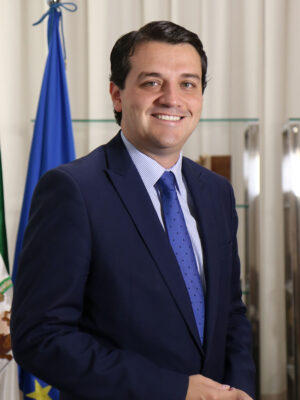
D. José María Bellido Roche
Alcalde
Ayuntamiento de Córdoba
Calle Capitulares, s/n
Córdoba, Córdoba, España
14002
+34.957 49.99.10
[email protected]
Sra. Da. Lourdes Morales Zaragoza
Concejala de Centro Histórico
Ayuntamiento de Córdoba
Plaza de Orive, s/n
Córdoba, Córdoba, España
14002
+34 957 499900 ext. 17762
[email protected]



